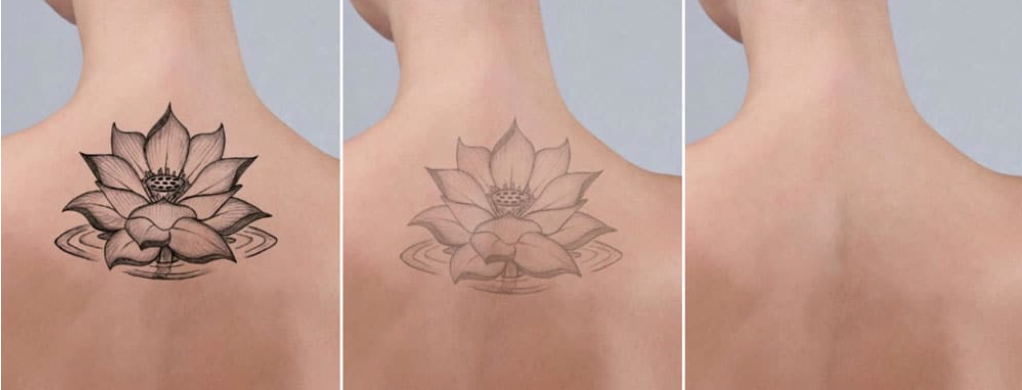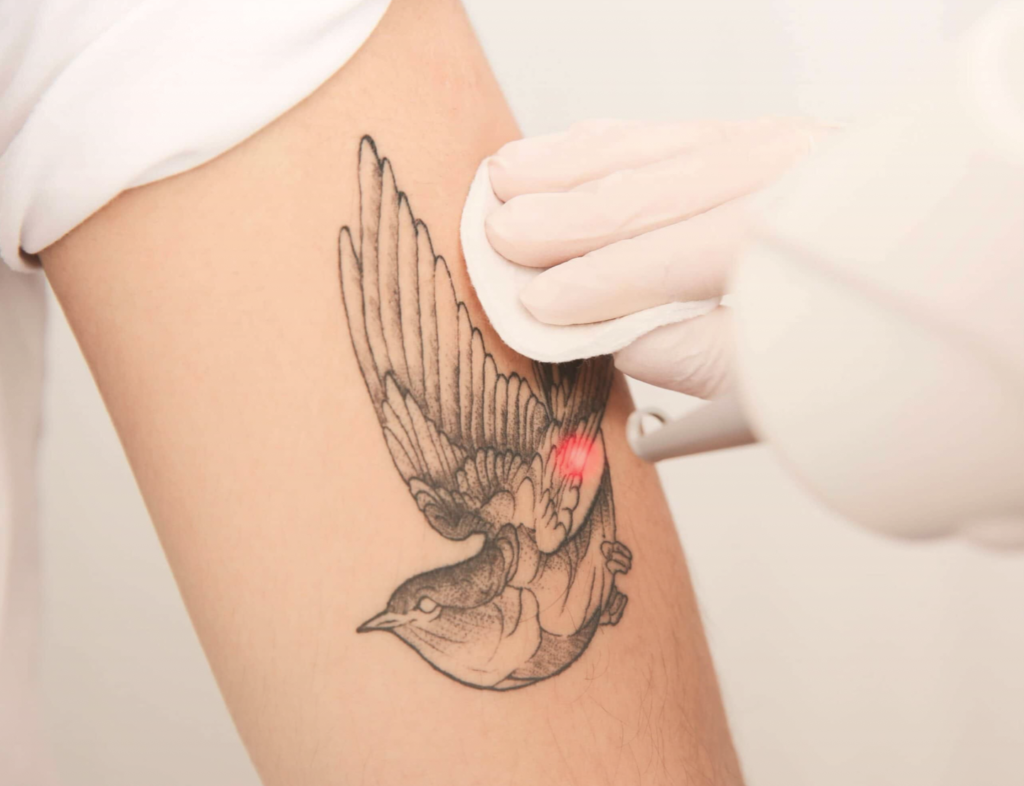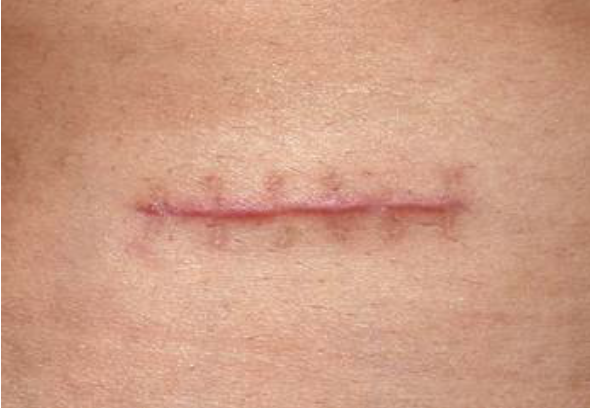Tattoo removal: techniques for removing your tattoo

If you regret your tattoo, this article is for you!
Whether it’s a youthful mistake, a drunken night out or simply an old-fashioned design… You regret your tattoo, you’d really like to get rid of it, but you think it’s impossible because you’ve always been told “a tattoo is for life”.
Put this idea out of your mind, because it’s now possible to have your permanentneedle tattoo removed by a tattooist. More commonly known as tattoo removal, there are several more or less effective and painful methods.
So, even if Bernard had warned you to try his temporary tattoos before going under the needle, he forgives you, and has put together a list of the different tattoo removal methods available.
Tell me, Bernard, what is tattoo removal?
Tattoo removal is a medical procedure used to erase or fade as much as possible a tattoo created with aneedle and permanentink . You can have a tattoo removed if you regret a tattoo and want to get rid of it, or if you encounter complications during healing, such as an allergy to tattoo inks.
As I said earlier, tattoo removal allows you to erase or fade as much of the tattoo ink as possible. The result is not always optimal, depending on your skin, the thickness of the tattoo and its lifespan. The older the tattoo, the deeper theink is embedded in the epidermis, the less easy it is to remove.

And how does tattoo removal work?
The laser

The first solution for removing your tattoo is laser tattoo removal. There are several types of laser, such as picosecond lasers and Q-switched lasers. Q-switched lasers break up the ink pigment particles in the skin so that they can be eliminated by the body.
So what’s the difference between these two lasers ? Well, the choice of laser depends on a number of factors, such as pigment content, tattoo surface, colors used and skin type. To find out which laser is best suited to your tattoo, we recommend that you consult a professional.
When it comes to laser tattoo removal, results are not visible from the very first session. In fact, it usually takes several passes under the laser to attenuate theink as much as possible; laser sessions must be carried out with minimum time intervals to avoid burning the skin. For more detailed information, we recommend that you consult a professional.
Surgery

The second method of tattoo removal is surgery. In fact, this can also be considered for smaller tattoos, which are placed in areas that are soft and without risk of scarring. This surgery is performed under local anaesthetic, and although it allows you to remove your tattoo, the procedure still leaves a scar that can be up to twice as long as the original tattoo.
As with laser treatment, it’s advisable not to do this at home, but to call in a recognized professional to avoid any risk of medical complications.
The cover

The third tattoo removal method is not a tattoo removal method at all: it’s called cover.
It’s ideal for those who don’t want to undergo laser treatment or surgery.
This third method doesn’t erase your existing tattoos, but rather covers them.
Covering is a tattooing technique that consists in covering another tattoo with a new, bigger and prettier one.
However, not all tattoo artists are qualified to produce the cover, which requires a special technique. We therefore advise you to ask your regular tattooist for more information.
As you can see from the photo below, the cover leaves virtually no trace of the previous tattoo. The result will of course depend on the new design you choose and the experience of the tattooist you book an appointment with.
And is it painful?
It tingles a little…
Indeed, tattoo removal is by no means painless. Whether you choose the laser, surgical or cover method, you will experience some discomfort or a slight tingling sensation. However, since tattoo removal is less painful than the tattoo itself (except for the cover, of course), everything should go well for you and you should survive…
If, after reading this article, you’re thinking of having a detatouer to say goodbye to your regrets. Bernard recommends that you visit theameli website and talk to several professionals to find out all you need to know about these techniques and their potential health risks.
Now that you’ve learned your lesson, you can continue your tattoo passion with the Bernard Forever temporary tattoos available on our site. Illustrated by tattoo artists, they’ll look just as good as a real tattoo without the regrets that go with it.



